Scientific name Carya cordiformis Rank Species | Genus Carya Higher classification Hickory | |
 | ||
Similar Hickory, Shagbark Hickory, Pignut Hickory, Shellbark hickory, Carya tomentosa | ||
Carya cordiformis
Carya cordiformis, the bitternut hickory, also called bitternut or swamp hickory, is a large pecan hickory with commercial stands located mostly north of the other pecan hickories. Bitternut hickory is cut and sold in mixture with the true hickories. It is the shortest-lived of the hickories, living to about 200 years.
Contents
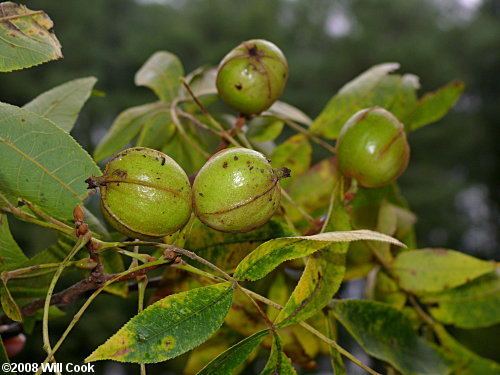
Description
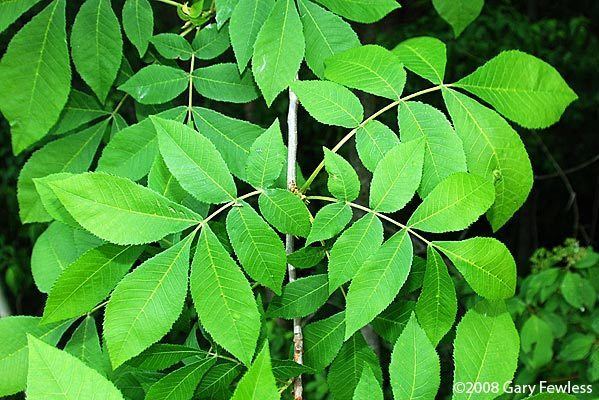
It is a large deciduous tree, growing up to 35 m (115 ft) tall (exceptionally to 47 m or 154 ft), with a trunk up to 1 m (3 ft 3 in) diameter. The leaves are 15–30 cm (6–12 in) long, pinnate, with 7–11 leaflets, each leaflet lanceolate, 7–13 cm (2 3⁄4–5 in) long, with the apical leaflets the largest but only slightly so. The flowers are small wind-pollinated catkins, produced in spring. The fruit is a very bitter nut, 2–3 cm (3⁄4–1 1⁄4 in) long with a green four-valved cover which splits off at maturity in the fall, and a hard, bony shell. Another identifying characteristic is its bright sulfur-yellow winter buds. No other hickory has this distinguishing feature.

It is closely related to the pecan, sharing similar leaf shape and being classified in the same section of the genus Carya sect. Apocarya, but unlike the pecan, it does not have edible nuts. It is most readily distinguished from the pecan by the smaller number of leaflets, with many leaves having only 7 leaflets (rarely fewer than 9, and often 11–13, in the pecan). Hybrids with the pecan are known, and named Carya × brownii. A hybrid between the shagbark hickory (C. ovata) is also recognized, and is known as Laney's hickory (Carya ×laneyi).
Habitat
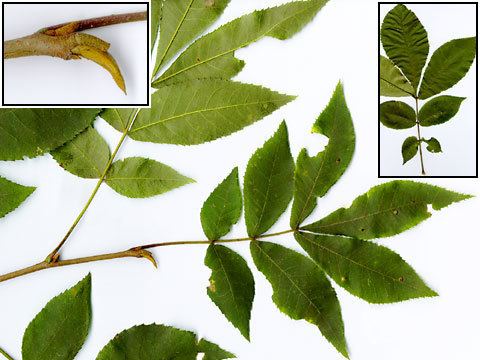
Bitternut hickory grows in moist mountain valleys along streambanks and in swamps. Although it is usually found on wet bottom lands, it grows on dry sites and also grows well on poor soils low in nutrients. The species is not included as a titled species in the Society of American Foresters forest cover types because it does not grow in sufficient numbers.
Range
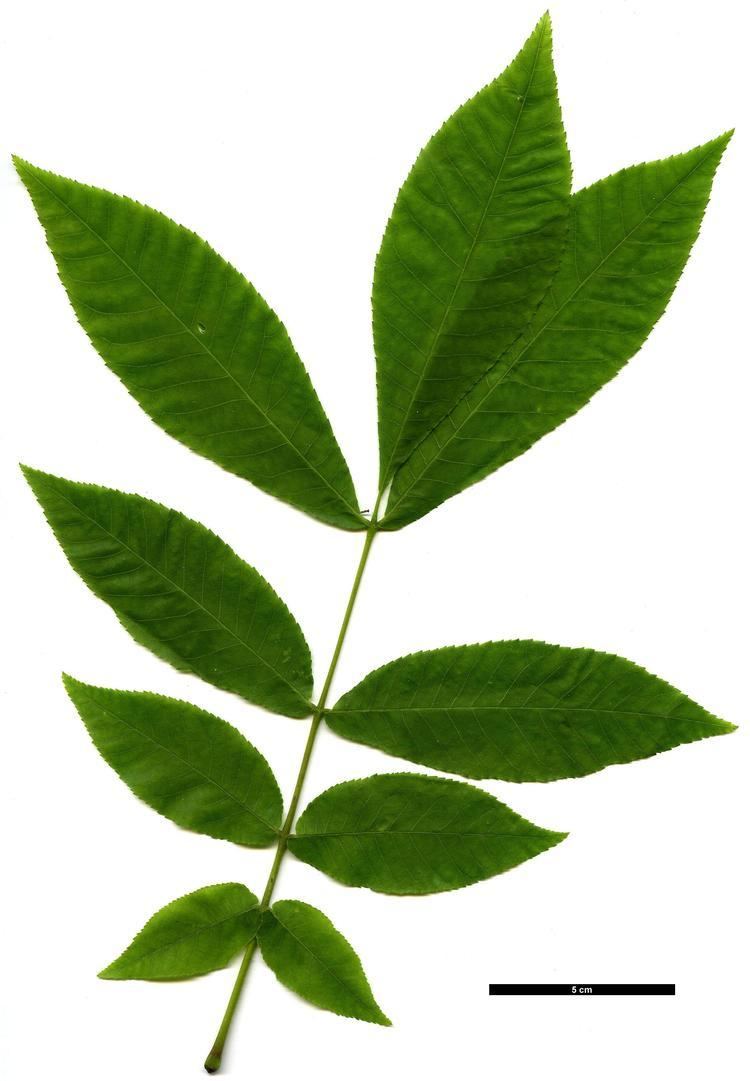
Bitternut hickory grows throughout the eastern United States from southwestern New Hampshire, Vermont, Maine, and southern Quebec; west to southern Ontario, central Michigan, and northern Minnesota; south to eastern Texas; and east to northwestern Florida and Georgia. It is most common, however, from southern New England west to Iowa and from southern Michigan south to Kentucky. It is probably the most abundant and most uniformly distributed of all the hickories.
Uses
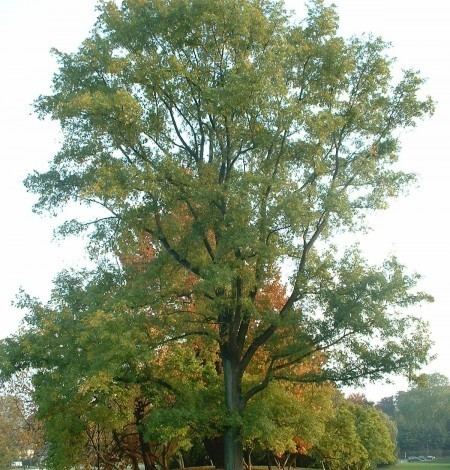
Bitternut is used for lumber and pulpwood. Because bitternut hickory wood is hard and durable, it is used for furniture, paneling, dowels, tool handles and ladders. Like other hickories, the wood is used for smoking meat, and by Native Americans for making bows. Bitternut hickory seeds and its bark are eaten by wildlife.
